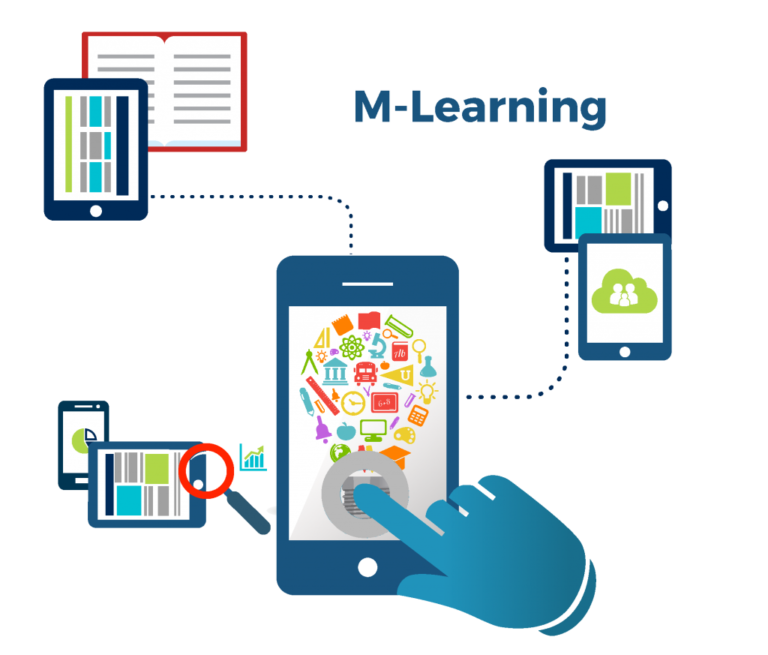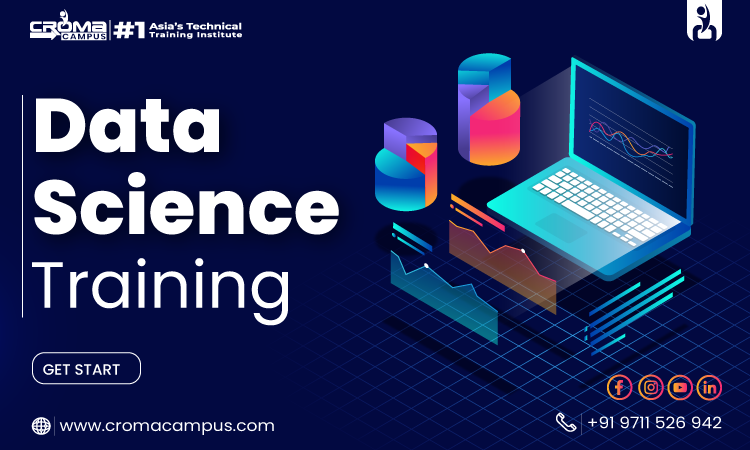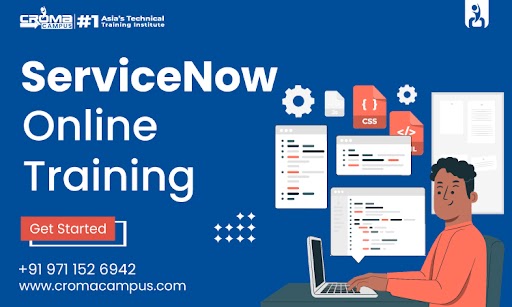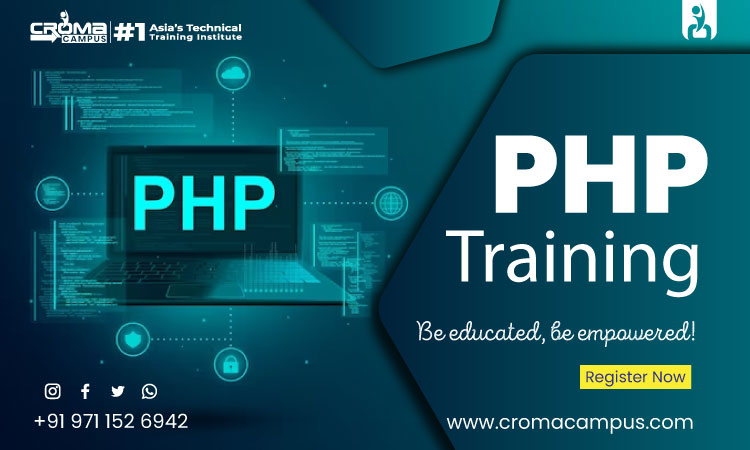Fixing the E-Learning Translation Challenges For Mobile Devices

The COVID-19 pandemic that struck us 4 years back has shaped certain dynamics of our lives in many ways. Many trends have become the new normal for us. The testing time of lockdown came with certain challenges but also made many good practices part of our lives. The lockdown restricted the movement of one and all. Even the students and instructors had to stay in their places and elearning took a new route. Zoom sessions started getting common and Skype was trending again. Since then, e-learning landscape has been evolving and with the more connected world where important decisions have become a matter of a few seconds, people have started to rely on their gadgets a lot. Many people prefer to complete maximum tasks on mobile phones.
Likewise, many parents had to buy cellular devices for their kids during and after COVID-19 to keep up with the era of online classes. Translating content according to mobile devices has become pertinent and the authorities need to collaborate with professional LSPs for expert translation services. As learners are increasingly accessing training materials on their smartphones and tablets, it is important that the institutions and organization prepare and adapt their e-learning content according to the mobile devices and their format. To ensure a seamless learning experience across devices, translating e-learning content for mobile requires careful consideration.
Elearning translation challenges for mobile phones
To work on creating a winning formula for mobile devices they need to consider and fix the pitfalls that the learners and users have to face while opting for their e-learning courses.
Smaller screens
The first and foremost challenging part of accessing a web-based format on mobiles is the smaller screens of mobile phones. The content that they have designed for a web-based system needs to be visually optimized and adjusted well for cellular devices. The text, images, and videos need to be clear without any messed-up dimensions or blurry effects. It also takes more time to load and process. For a seamless learning experience, it is important to translate the whole e-learning content in a way that helps to make text, images, and videos clear, concise, and meaningful. Hence, it is also worth mentioning that translation should only be done by professionals.
Limited attention spans
Thanks to reels, shorts, and clips the attention span of a viewer has reduced drastically. People barely spend more than a minute on content that gives them a comprehensive and lengthy look. Therefore, a limited attention span comes as a big challenge. The authorities can ensure that during translation the translators translate the content into bite-sized modules. They can opt for bullet points too. Also, they should opt for certain strategies for e-learning to make the whole content digestible on the go. With the increasing number of cellular devices, it is important to create elearning content in a way that tempts more and more users to increase their access and reach.
Infographics
E-learning content often comprises different images and pictures. Many of these contain text too and require translation right away to make it resonate better with the target audiences. Translating infographics also comes with multiple challenges. The authorities can have to change the graphics too, as an image that is published for one culture could not be acceptable in another culture. Therefore, it demands great expertise and insight from experienced translators to look into it and make the changes accordingly. However, once translated effectively it can surely help to enhance a mobile user experience as the infographics tend to fetch more traffic and have a more lasting impact. Nonetheless, the way these are handled during translation matters the most. Moreover, it is important that you only rely on professional e-learning translation services for accurate translation and adaptation of images.
Touch-Friendly interface
An interface is an important factor that can make your elearning content interesting. However, a cluttered and messy interface often emerges as a big challenge for translators while working on e-learning translation services. It should be organized, precise, and to the point. Translation also needs to be done accordingly. It is important to divide the interactive elements, menus, and navigation buttons for better translation and to navigate through the translation challenges swiftly. An initiative layout and finger-friendly button size can also provide the user with a good experience.
Offline accessibility
Offline accessibility is a must for translated e-learning content. The learners might not have a stable internet connection all the time. Many of them can have limited connectivity and many students come from remote areas where there is hardly an internet connection available. Therefore, uploading on the cloud services or opting for the online drive solution with translation in all relevant languages can help to improve accessibility and reach. Offline accessibility also has many other benefits.
Conclusion
E-learning translation has become a new practice in institutes and organizations. However, there are many challenges that learners have to face when they try to access the content on their mobile phones. A few of them include smaller screens, limited attention spans, infographics, touch friend interface, and offline accessibility.





